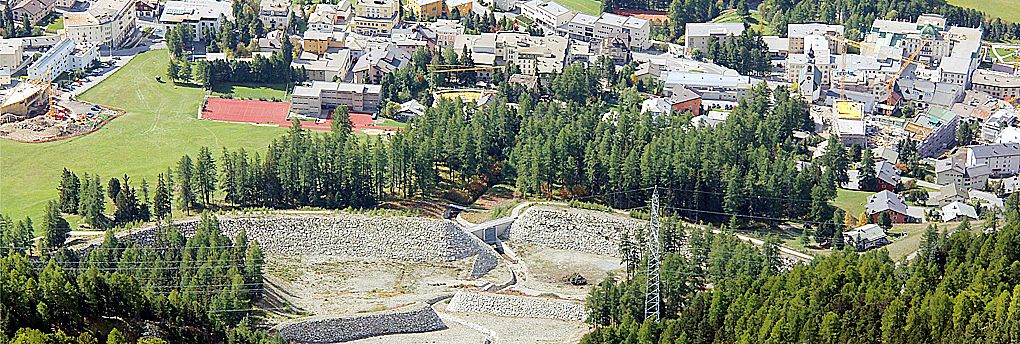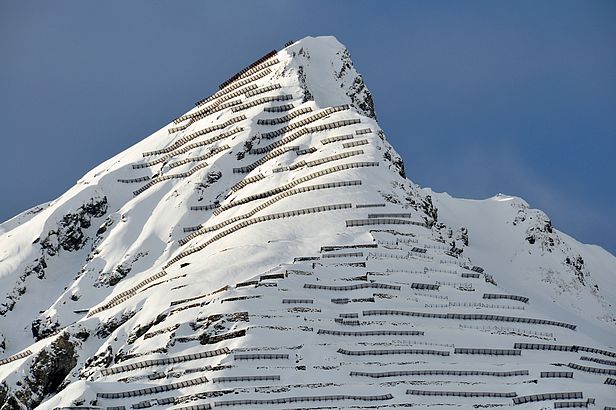
Dealing with natural hazards
Contact
As an alpine and densely populated country, Switzerland is particularly vulnerable to natural hazards. We help authorities, safety officers and the public to reduce the risks posed by natural hazards to an acceptable level.
Responding to and managing natural hazards is a centuries-old practice in Switzerland. For as long as man has inhabited mountainous regions, he has been under threat from natural hazards such as avalanches, debris flows and rockfall. Flooding in particular can also cause severe damage in lower lying areas and cities. The population has therefore always been faced with the task of deciding how best to protect themselves against these hazards. Through our research and services, we help to protect people effectively and efficiently from natural hazards.
Defining acceptable risks and how to manage them
Absolute safety is not possible when dealing with natural hazards – especially since financial resources are limited. In Switzerland, protection against natural hazards is therefore based on the "Risk Minimisation Concept" (risk concept) and the principles of "Integral Risk Management". Specifically, this means reducing risks to an acceptable level rather than attempting to prevent natural hazards by all available means. In Integral Risk Management, measures for the prevention, management and regeneration of events are optimally coordinated.
According to these principles, we develop guidelines, risk calculation tools and decision-making tools which enable safety officers, insurance companies, authorities and other stakeholders to weigh the risks and implement appropriate protection strategies.
As part of our social research, we examine how the public perceives the hazards and what they think of the different protection measures. This allows safety officers, for example, to take the needs of the Swiss people into account at an early stage.
Prevention: calculating and simulating natural hazard processes as a basis for spatial planning
How far does an avalanche flow? Where could rocks or debris flows land on a road? We develop calculation tools, such as the RAMMS software, which realistically model these natural hazard processes. By doing so, we provide the natural hazard authorities and engineers with a tool which they can use to calculate the effects of these natural hazard processes. On this basis, they can be taken into account appropriately for spatial planning.
Prevention: protecting with steel, concrete and forest
Avalanche barriers, rockfall nets, debris flow dams and forests protect us and our property against natural hazards. Since the "winter of terror" of 1950/51, more than CHF 5 billion have been invested in avalanche protection in Switzerland. However, the most cost-effective protection is the forest. We therefore research how best the forest can grow and thrive at the treeline. In areas where the forest does not provide adequate protection, technical protection measures are required. To this end, we produce handbooks, guidelines and reports.

Topics
Research group
Projects
Services and Products
Links
- Bericht „Umgang mit Naturgefahren in der Schweiz“, BAFU 2016 (German)
- Drought-CH
- PLANAT